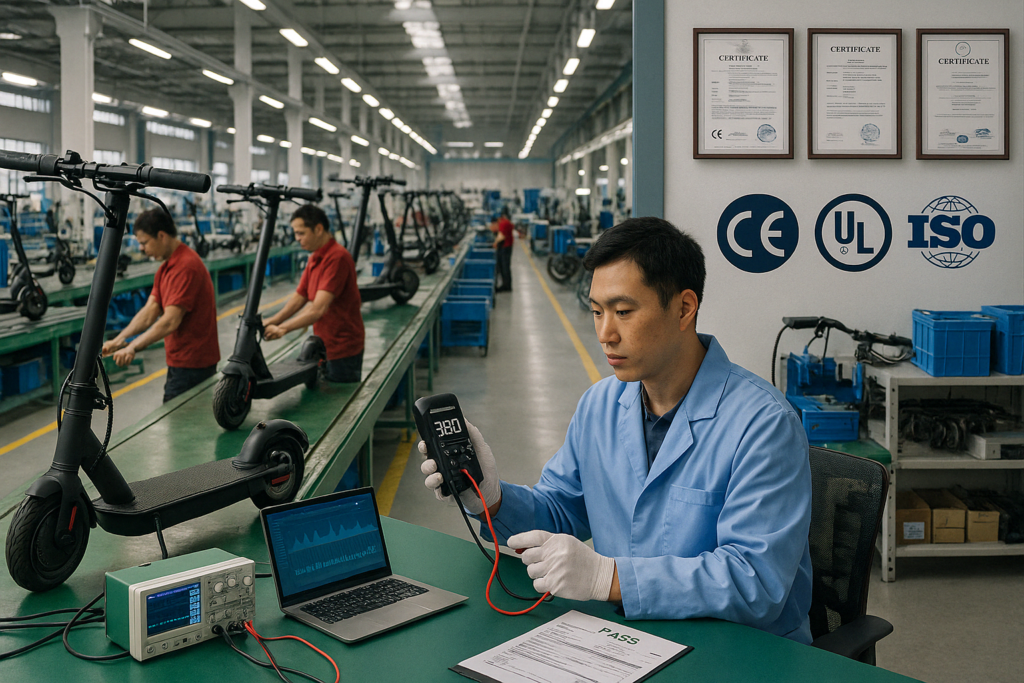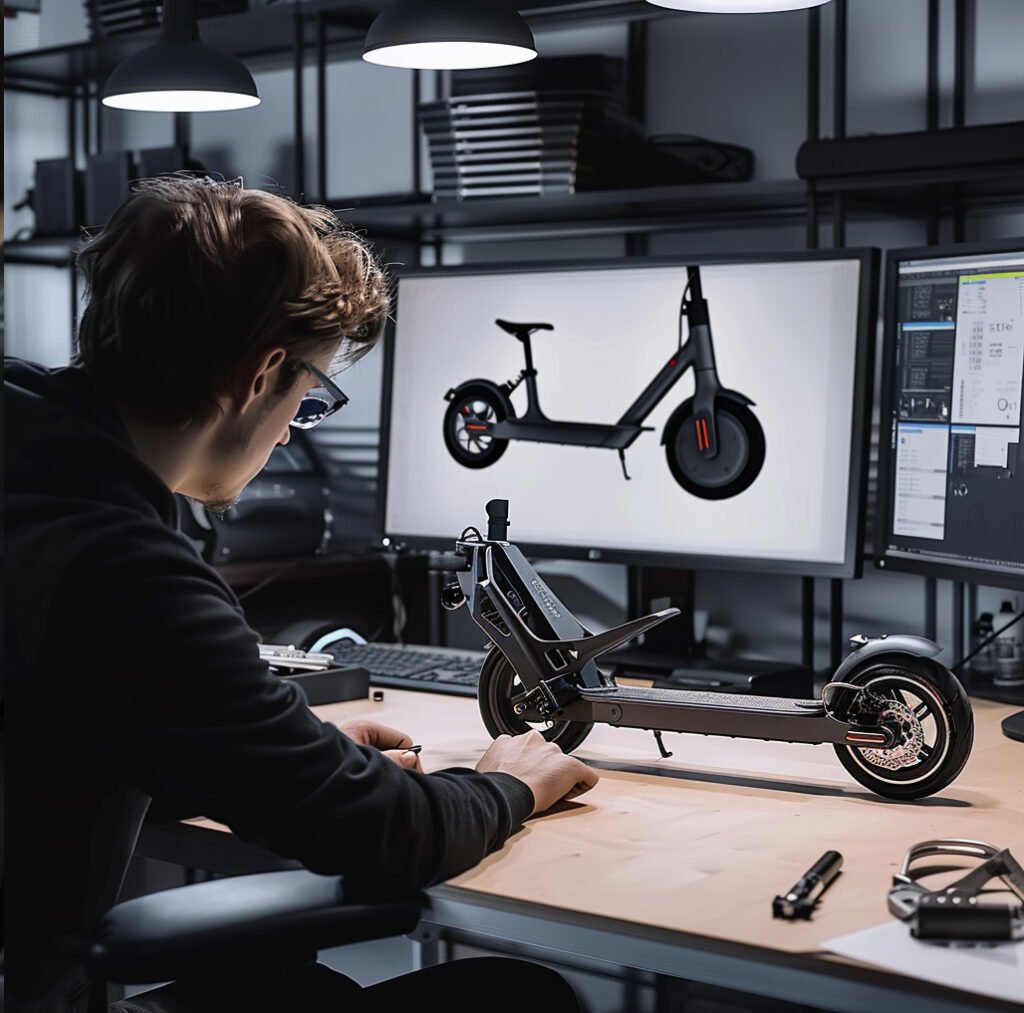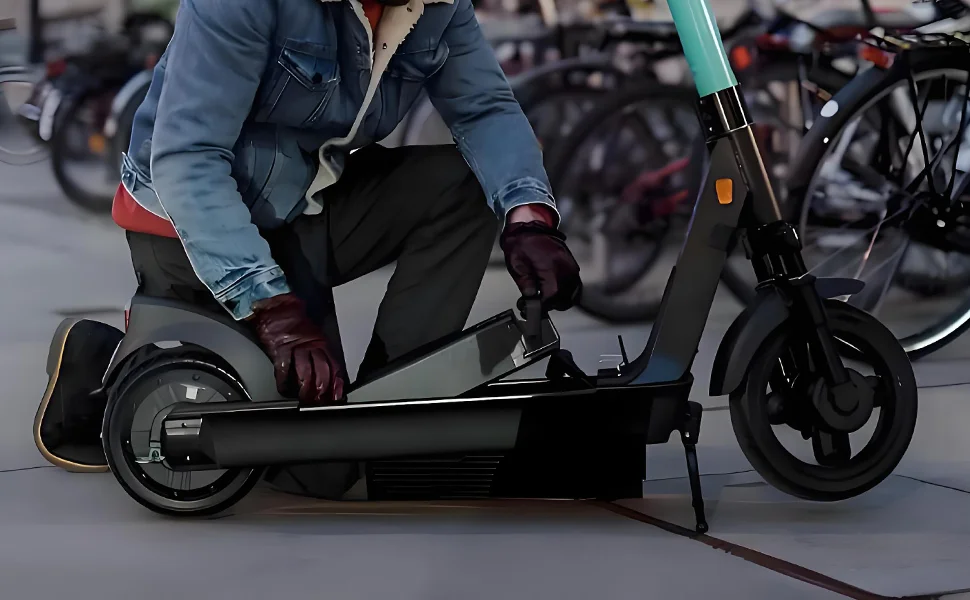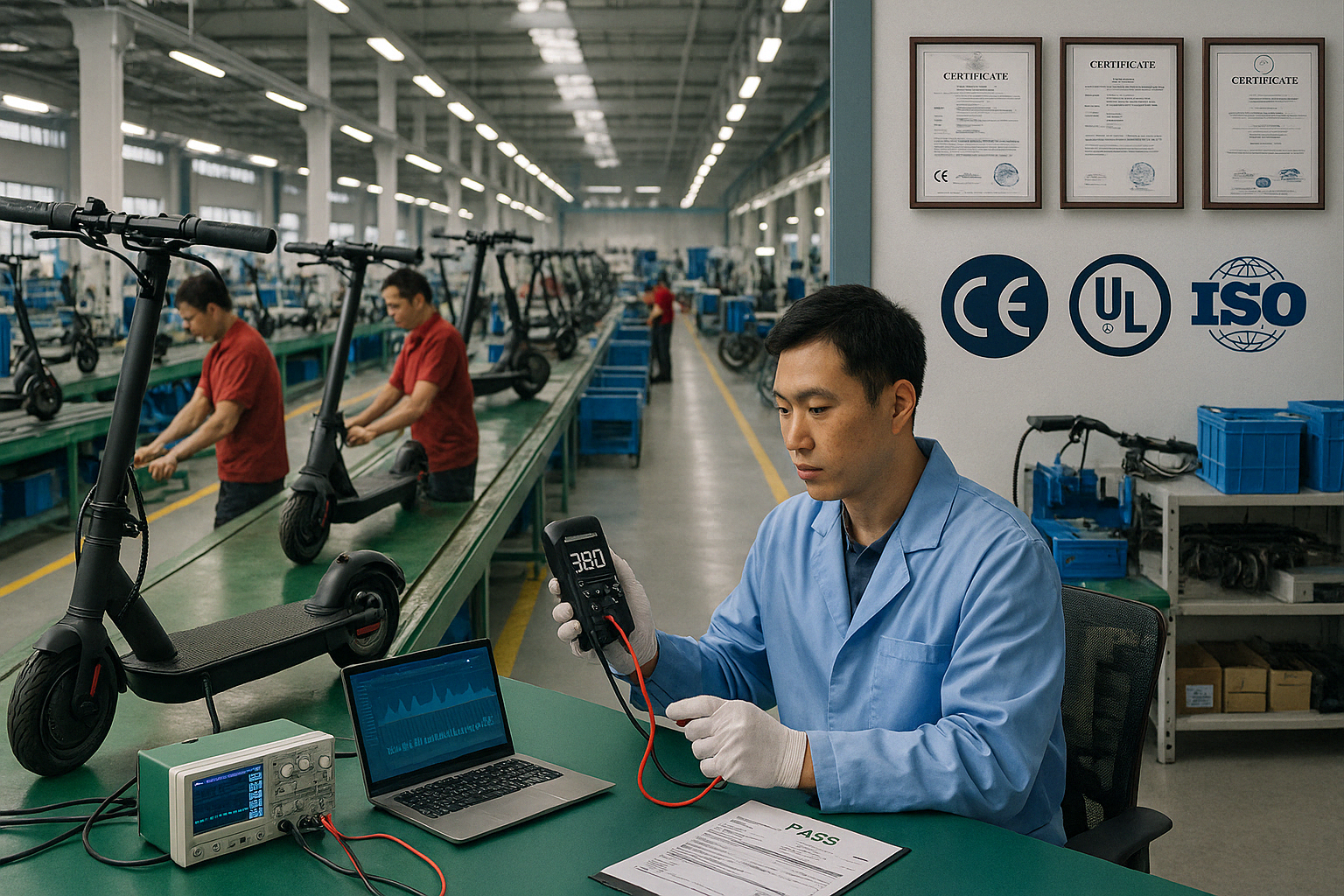What is the impact of the V number of an electric scooter?
Most riders want more power, more speed—but few understand what “V” really means for an electric scooter. Let’s break it down and explain why voltage matters more than you think.
The “V” or voltage number directly affects an electric scooter’s speed, power, and acceleration. A higher V means more power delivery, better hill climbing, and faster rides. Choosing the right voltage based on your need—commute or performance—can completely change your riding experience.

You might think all scooters are built the same, but that’s not true. The voltage rating isn’t just a number—it’s the heartbeat of your scooter. Whether you ride for fun, work, or daily commutes, understanding how voltage affects performance will help you choose the right model—and avoid expensive mistakes.
How many volts should an electric scooter have?
Looking for a balance between performance and practicality? It starts with knowing the right voltage.
Most commuter scooters fall between 24V and 48V. 24V models are ideal for kids or light city riders. 36V is more balanced for adults. 48V+ scooters offer better acceleration, hill climbing, and longer range. Higher V also means more speed—but more cost.

Choosing voltage depends on who you are and how you ride. For city commuting, 36V is usually enough. It’s fast, light, and power-efficient. But if you live in a hilly area or want extra torque, 48V gives you a clear edge.
Here’s a breakdown for better clarity:
| Voltage | Suitable For | Speed (avg) | Use Case |
|---|---|---|---|
| 12V | Kids, toys | 8–10 km/h | Children, casual use |
| 24V | Beginners, teens | 15–20 km/h | Light commuting, school rides |
| 36V | Daily commuters | 20–30 km/h | Urban transport |
| 48V | Experienced riders | 30–40 km/h | Long-distance, hill areas |
| 60–72V | Power/performance | 50+ km/h | Racing, off-road, pro riders |
Think of voltage like your engine size in a car. The bigger it is, the more power it has. But bigger also means heavier, more expensive, and harder to maintain.
What is the difference between 12V and 24V scooters?
You might think doubling the voltage means just a little more power. But the truth is—it changes the whole ride.
A 24V electric scooter delivers almost twice the torque and speed of a 12V one. This means faster acceleration, better load capacity, and more stability on slopes. 12V scooters are usually for children; 24V models are suited for teens or light adult use.

In real-world terms: a 12V scooter is fine for sidewalk cruising. It’s light, cheap, and safe for kids. But if you're an adult, even a short hill becomes a struggle. A 24V model steps up with more power. You can carry more weight, climb better, and get where you're going faster.
Let’s compare both directly:
| Feature | 12V Scooter | 24V Scooter |
|---|---|---|
| Speed | 8–10 km/h | 15–20 km/h |
| Weight Limit | ~50kg | ~80kg |
| Battery Life | Short | Moderate |
| Ideal User | Children (6–10 yrs) | Teens, small adults |
| Use Scenario | Indoor, parks | Sidewalks, bike paths |
It’s simple. If you weigh more than 60kg or ride beyond short distances, skip the 12V. Even for beginners, a 24V offers safer handling and fewer issues.
Can I put a higher voltage battery in my scooter?
Everyone wants a faster scooter. But changing batteries isn’t as easy—or as safe—as it seems.
Technically, it’s possible to upgrade to a higher voltage battery1—but it’s risky. Your controller, motor, and wiring must support the higher load. Overvolting can damage components or cause safety issues. It’s better to buy a higher-V scooter2 designed for it.

In my experience, many customers try to boost speed by swapping in a 60V battery into a 36V model. Sometimes it works—for a week. Then the controller overheats or the motor burns out. Why? Because each part is calibrated for a set voltage range.
Here’s why DIY battery swaps are risky:
| Issue | Cause | Risk |
|---|---|---|
| Controller overload | Exceeds voltage rating | Scooter shuts down or melts |
| Motor overheating | Too much current | Permanent damage |
| Wiring issues | Thin wires not rated for current | Fire hazard |
| Warranty voided | Unauthorized modification | No support if things break |
If you really want a faster scooter, do it right from the start. For example, our JUESHUAI X60 comes with 72V out of the box. That means all parts are built to handle that power—safely and reliably.
How to increase speed in an electric scooter?
More speed sounds great—until it’s done the wrong way. Let’s go over the safe ways to do it.
The best way to increase speed is to start with a high-voltage model. Other ways include upgrading the controller3 or reducing weight. Don’t try to bypass speed limits by tampering with hardware—it can damage your scooter or violate local laws.

Many riders ask me this. But instead of tweaking batteries or hacking firmware, focus on these smarter methods:
Safe Speed-Up Options
| Method | Description | Risk Level |
|---|---|---|
| Buy higher V model | Designed for speed and power | Safe |
| Upgrade controller | Replace with one that supports higher amps | Medium |
| Reduce rider weight | Less load means higher top speed | Safe |
| Optimize tire pressure | Proper inflation reduces rolling resistance | Safe |
| Motor upgrade | Needs professional work and balance check | High |
Also check your scooter settings. Some models have “eco” or “power” modes. Just switching to sport mode can boost your top speed by 20%.
But again: never overvoltage unless your model supports it. If you want a performance beast, buy one designed for it from the start—like our 72V models that hit over 50 km/h with stable acceleration.
Conclusion
Voltage isn’t just a number—it defines how fast, how far, and how smooth your ride will be. Choose wisely, ride safely, and always go for the right V, not the highest one.
Table of Contain
-
Understanding the risks associated with higher voltage batteries can help you make informed decisions about your scooter upgrades. ↩
-
Discover the advantages of higher-V scooters to enhance your riding experience and performance. ↩
-
This link will help you understand the impact of controller upgrades on overall scooter efficiency and speed. ↩






